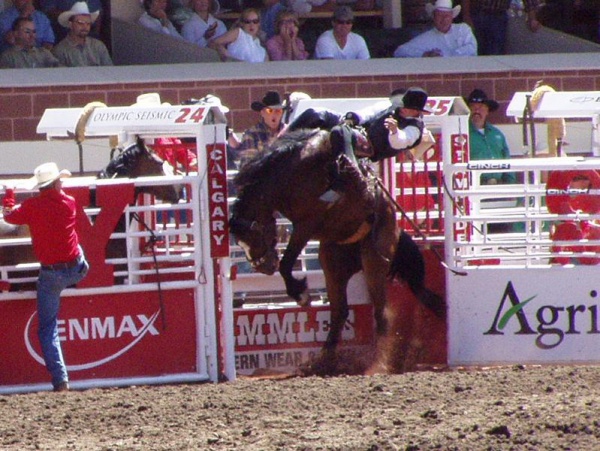Facts About Calgary Stampede
The Calgary Stampede, often billed as "The Greatest Outdoor Show on Earth" is an annual spectacle in Calgary, Alberta, Canada. This vibrant event, attracting over a million visitors each year, features an exhilarating rodeo, a captivating exhibition, and a lively festival.
The origins of the Stampede date back to 1886 when the Calgary and District Agricultural Society organized a fair. In 1912, American promoter Guy Weadick launched the Stampede, which later merged with the Calgary Industrial Exhibition in 1923, creating the Calgary Exhibition and Stampede that we recognize today.
Presently, the Stampede is not just a tourist draw but a cultural linchpin of Calgary. It highlights a plethora of attractions, including rodeo events, chuckwagon races, agricultural competitions, concerts, and exhibitions celebrating First Nations heritage. However, the event has faced criticism, especially from animal welfare advocates concerned about the treatment of animals in events such as chuckwagon racing and tie-down roping.
The Stampede is interwoven with Calgary's identity, earning the city the moniker "Stampede City" and fostering a festive atmosphere that both locals and tourists eagerly anticipate. The event's rich history and diverse attractions—from the grand parade to the adrenaline-pumping rodeo and chuckwagon races—draw visitors from around the world.
Economically, the Stampede is a powerhouse, injecting millions into Calgary and the surrounding province. It also serves as an important platform for First Nations culture, with the Treaty 7 nations playing a significant role in the Stampede's Indian Village.
Despite controversies over animal welfare, the organizers have been proactive in addressing these concerns and improving safety measures. The event's broad appeal is evident in its live broadcasts and the international audience it attracts.

 United States
United States